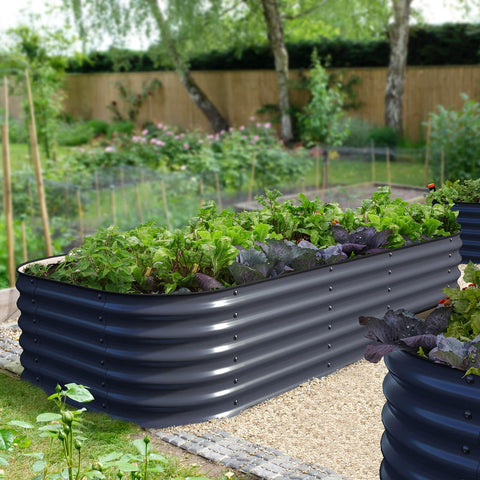Tips from Garden Beds : How to Deter Cats and Protect Your Garden Beds
In the realm of gardening, the allure of garden beds lies not only in the beauty of vibrant blooms and lush foliage but also in the sense of tranquility and connection with nature they provide. However, for cat lovers who enjoy spending time in their gardens, the presence of feral cats or even neighborhood pets can present a challenging and sensitive issue. While we cherish our feline companions, the reality of cats using the garden as a litter box can be disheartening and raise valid concerns about the well-being of both humans and wildlife.
One of the most significant concerns associated with cats in the garden is the potential health risk they pose. Cats can harbor the Toxoplasma gondii parasite in their feces, which can lead to toxoplasmosis, a disease that can be transmitted to humans. This is especially concerning for pregnant women and individuals with weakened immune systems, as the infection can have severe consequences. To mitigate the risk, gardeners are advised to wear gloves while gardening and keep their child's sandbox covered to prevent contact with cat feces.
Beyond the health risks, the presence of cats in the garden beds can also impact the delicate balance of nature, particularly in regard to songbirds. With an estimated 80 million house cats and 120 million feral cats in the United States, the predation of cats can have a significant impact on bird populations. Cats, even when seemingly well-fed and domesticated, retain their instinctual hunting behavior, making them efficient predators of small animals, including birds. The loss of songbirds due to cat predation is a distressing issue for those who appreciate and admire these feathered friends.

However, there are proactive steps that gardeners can take to deter cats from their garden beds and promote harmony between feline visitors and the flourishing garden ecosystem. Various products are available in the market today, specifically designed to deter cats from specific areas. Motion-activated sprinklers, such as the popular Scare Crow brand, are particularly effective in startling cats with a sudden stream of water when they enter the infrared field of the sprinkler. This experience teaches cats to associate the garden with an unwelcome surprise, encouraging them to seek alternative spots for their activities.
Another innovative cat deterrent employs ultrasonic sound technology. Devices like Cat Stop detect the presence of cats through motion sensors and emit high-frequency sounds that are uncomfortable for cats but inaudible to human ears. This humane approach effectively discourages cats from frequenting the protected area without causing them harm.
In addition to commercial cat deterrents, gardeners can explore the use of scent repellents, which are well-known for their effectiveness in deterring various garden pests. Certain commercial repellents available in stores harness the power of capsaicin, a natural chemical present in chile peppers responsible for their spiciness. The strong scent of capsaicin is unpleasant to cats, encouraging them to avoid treated areas. Other repellents, such as Shake-Away, rely on the scent of predators' urine to create a hostile environment for cats. These scent-based approaches may require regular reapplication, especially after rainfall, to maintain their potency.
For those seeking budget-friendly alternatives, there are several DIY home remedies worth experimenting with. One such remedy involves creating a simple mixture of cayenne pepper, dry mustard, and flour, which can be sprinkled over flowerbeds and garden areas frequented by cats. The pungent smell of this homemade repellent is usually enough to deter cats from returning to these locations.

Furthermore, cats have a strong aversion to citrus scents. Placing citrus peels or using citrus oils as a natural deterrent can effectively dissuade cats from exploring and digging in the garden beds. Selecting plants with strong scents that cats find unappealing can also be a proactive measure in preventing their presence.
While exploring these cat deterrent strategies, it's crucial to prioritize safety for both animals and humans. Toxic substances, such as mothballs, should never be used in the garden beds, as they can be harmful not only to cats but also to other wildlife and pets. Choosing humane and environmentally friendly methods ensures that the garden remains a safe haven for all its inhabitants, human and animal alike.
Balancing the love for our feline friends with the desire to maintain a flourishing garden is indeed possible. Through a combination of strategic deterrents and responsible gardening practices, gardeners can create a sanctuary that is inviting to humans and wildlife while safeguarding the well-being of both. With these proactive measures in place, garden beds can thrive, showcasing the beauty of nature while maintaining a respectful distance from curious cats. By embracing this harmonious approach, gardeners can enjoy their green havens to the fullest, knowing that their precious plants and wildlife are in safe and peaceful coexistence.
